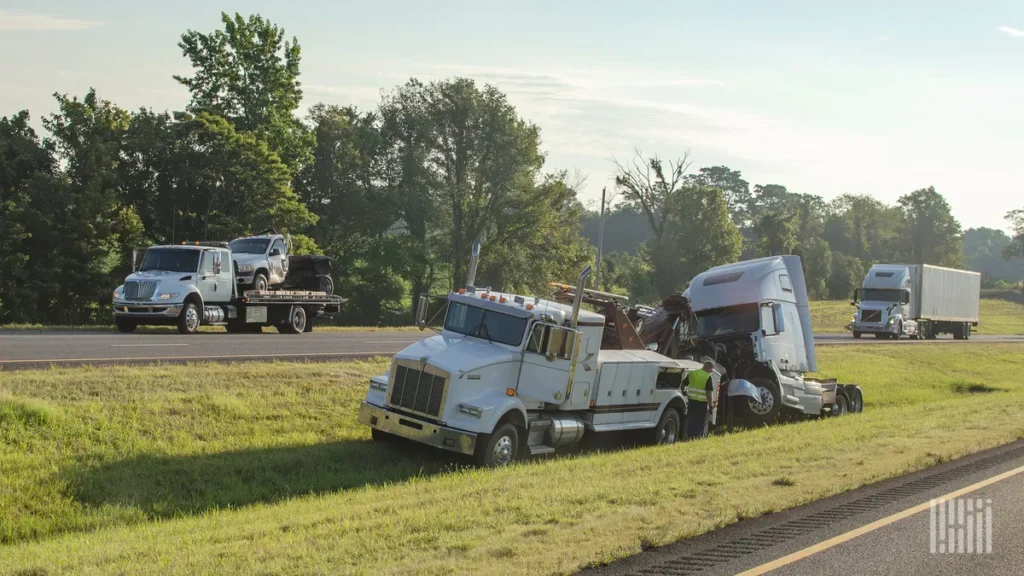May 1, 2025
How Fleets Can Strengthen Their Post-Accident Response

Accidents are an unfortunate part of the trucking industry, but how your fleet responds can make all the difference in safety, liability, and insurance outcomes. At Reliance Partners, we believe preparation is key and we’re here to share essential guidance from our very own experts, Senior VP of Sales Ryan Miller and Director of Safety Daniel Vega.
Safety First, Always
The first step after any accident is ensuring the safety of everyone involved. “Call 911 immediately,” advises Vega. “If the accident is nonfatal and it’s safe to do so, move vehicles out of the lane of traffic to a secure area.” Drivers should also check on others involved, document who is on scene, and note any responding officers or medical personnel.
The Importance of Fast Reporting
Reporting the incident to your insurance provider as soon as possible can help avoid legal complications and set the claims process in motion. “How quickly a claim is turned in is probably the number one thing insurers look at,” said Miller. Fleets should submit claims immediately – or by the next day at the latest – depending on the driver’s ability to give a statement.
What to Document
Clear documentation is critical. Drivers should safely capture photos from all angles, collect relevant paperwork, and provide a written statement as soon as they can. Insurers typically request:
-
Driver’s name
-
Motor Vehicle Record (MVR)
-
Bill of lading
-
Dashcam footage (if available)
-
Photographs of the scene
-
A written driver statement
What to Avoid
Some actions can jeopardize your claim and your coverage. “Never flee the scene, delay reporting, or try to handle the claim without your insurer,” warned Vega. Even if your driver believes they’re not at fault, failing to report an accident can backfire if new information arises.
Why Training Matters
Insurance carriers place high value on fleet safety training programs. “Training is a silent difference maker,” said Miller. Carriers that invest in simulators, certifications, and on-road evaluations are more likely to receive favorable insurance pricing and terms. These investments also strengthen a fleet’s risk profile over time.
The Role of Accident Frequency and Severity
One accident can affect insurance differently based on fleet size. A single crash could severely impact a one-truck operation, while larger fleets are typically evaluated on frequency over severity. That said, consistent safety practices are essential for fleets of all sizes.
Preventable vs. Nonpreventable Accidents
Even accidents deemed “nonpreventable” are investigated by insurers. Miller explains, “Preventability matters, but good driving behavior is what really counts. Judges may still assign some liability.” That’s why a proactive safety culture is essential.
The best way to protect your drivers and your business after an accident is to plan ahead. Train your team, document everything, and report incidents promptly. As Vega puts it, “We’d all like to see fewer accidents, and that starts with training.”
Interested in protecting your fleet with a strong safety and insurance strategy? Contact Reliance Partners.
Check out the full article on FreightWaves for more insights here.